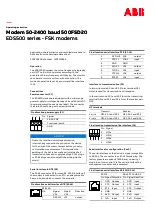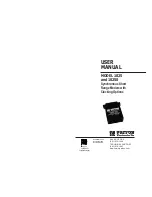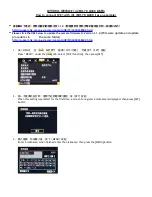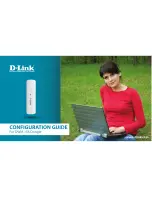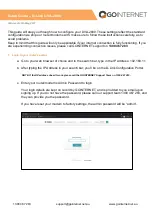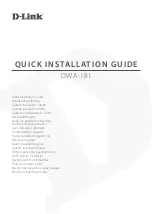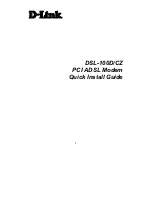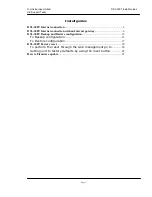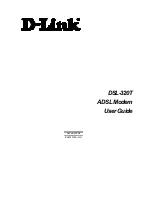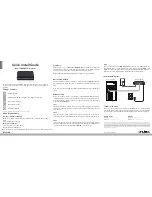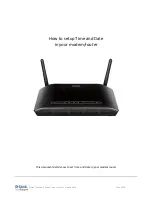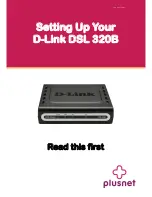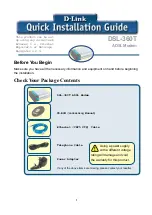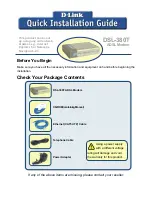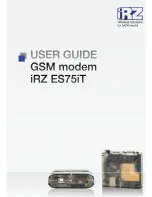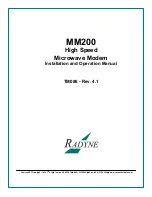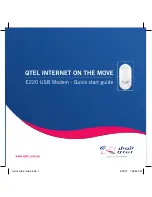
4.2 CONNECTING TO PARALLEL HARDWARE
After connecting the twisted pair line to the Model 1225
transmitter and receiver, you are ready to connect the units to your
parallel hardware. The following steps explain this process:
1. Plug the DB-25 male connector on the Model 1225 transmitter
directly into the parallel port of the sending device (which is
normally a PC, terminal, host or similar DTE). Note: If you cannot
plug the transmitter directly into the parallel port, use a
straight
through DB-25 parallel cable of the shortest possible length. We
recommend 6 feet or less.
2. The Model 1225 receiver is available with either a DB-25 (male or
female) or 36-pin Centronics (male only) connector. The DB-25
version is designed for direct connection to various print servers
and switches. The Centronics version is designed for direct
connection to the Centronics port of a parallel printer. Note: If you
cannot plug the receiver directly into the port, use a
straight
through cable of the shortest possible length. We recommend 6
feet or less.
4.3 OPERATING THE MODEL 1225
Once the transmitter and receiver have been connected to each
other and to their corresponding parallel input and output devices, you
are ready to operate the units. Make sure that the BUSY/ACK switch on
both units are placed on the same setting. Otherwise, the units should
function transparently, just like a cable. There is no ON / OFF switch.
If your Model 1225’s are not operating properly, double-check
all of
your connections and try again. If you still experience problems,
change the BUSY / ACKNOWLEDGE setting on both units and try
again. If you still do not obtain satisfactory results, call Patton Technical
Support at (301) 975-1007.
APPENDIX A
PATTON MODEL 1225 SPECIFICATIONS
Parallel Interface:
Transmitter, DB-25 male; Receiver, DB-25
male or female, 36-pin Centronics male
Power:
Interface powered, no AC power or
batteries needed
Range:
2,000 feet
Transmission:
Half duplex over a single shielded or
unshielded twisted pair (19 - 26 AWG)
Line Interface:
RJ-11, RJ-45 or terminal block with strain
relief
Data Rate:
5 Kbytes per second on parallel interface
(40 Kbps on serial line)
Interface Signals:
Data bits 0-7, ground, Busy or Acknowledge
(externally switch selectable)
Dimensions:
2.67” x 2.10” x 0.74”
9
10









